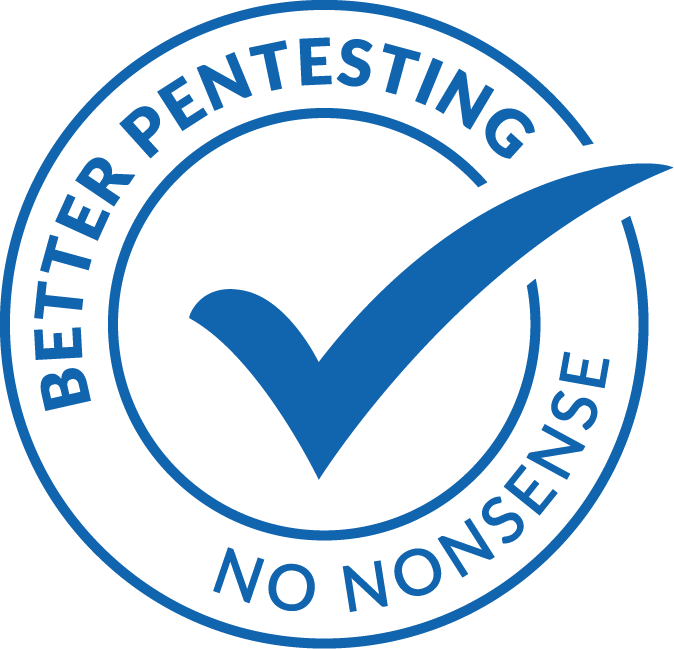Common Vulnerability Scoring System (CVSS)
As is common with estimates, risk is assessed differently depending on the perception and experience of the pentester - even if they all refer to the same assessment scheme. However, regulatory bodies such as the Darmstadt Regional Council in particular require a uniform system, as they have to define concrete requirements and measures. As a result, they require pentesters to perform a risk assessment according to the Common Vulnerability Scoring System (CVSS). The CVSS is a metric evaluation scheme that assigns a vulnerability a rating between 0 and 10 based on its conditions of exploitation and its extent of damage. The score represents the outgoing risk of a vulnerability as follows:
| Score | Risiko |
|---|---|
| 9,0 - 10 | Critical |
| 7,0 - 8,9 | High |
| 4,0 - 6,9 | Medium |
| 0,1 - 3,9 | Low |
A CVSS score can also be represented as a vector string. This is a short text representation of the values with which the risk of a vulnerability was derived. For example, a vulnerability would be rated with a 10.0 or in vector notation with CVSS:3.1/AV:N/AC:L/PR:L/UI:N/S:C/C:N/I:H/A:H if it can be exploited in a service at any time via the Internet without access data. In addition, the outgoing damage would have to be the complete compromise of various IT systems, so that the three goals of information security (confidentiality, integrity and availability) would be violated. The CVSS vector mentioned above consists of the following features:
- Attack Vector (AV): Network (N)
- Attack Complexity (AC): Low (L)
- Privileges Required (PR): None (N)
- User Interaction (UI): None (N)
- Scope (S): Changed (C)
- Confidentiality (C): High (H)
- Integrity (I): High (H)
- Availability (A): High (H)
For a detailed description of the criteria and the calculation of the score, we would like to refer to the official documentation of the Common Vulnerability Scoring System: CVSS Calculator
Pentest Training
Take a look at the pentest training chapters and learn penetration testing:
- Preface
- Introduction
- Legal Framework
- Hacking vs. Penetration Testing
- Classification
- Meaningfulness of Penetration Tests
- Penetration Testing Standards
- The Hacking Guide
- Hacking I: Scanning networks
- Hacking II: Password attacks
- Hacking III: Web application attacks
- Hacking IV: Privilege Escalation
- Hacking V: Tunnelling Techniques
- Hacking VI: Vulnerability scanner and penetration testing frameworks
- Demonstration of a Penetration Test
- Risk Assessment of Identified Vulnerabilities
- Structure of Documentation and Reporting
- Insider stories: Tales from Dubius Payment Ltd.
binsec academy GmbH - Online IT Security Training with Practical Focus
binsec academy GmbH is provider of online IT security training, offering practical, lab-based courses for professionals. The academy provides hands-on training in areas such as penetration testing and secure software development. Participants gain practical experience through realistic lab environments, including simulations of company networks and applications. Courses are available in multiple programming languages and align with standards like OWASP Top 10 and PCI DSS. Upon successful completion, participants receive certifications such as the Binsec Academy Certified Pentest Professional (BACPP) and Binsec Academy Certified Secure Coding Professional (BACSCP), demonstrating their ability to identify and remediate security vulnerabilities.
Goto binsec acadmy GmbH

binsec GmbH – Experts in Penetration Testing
binsec GmbH is a German IT security company focused on professional penetration testing. With over 10 years of experience, the team conducts in-depth penetration tests on networks, web applications, APIs, and mobile apps. Certified experts systematically identify and document security vulnerabilities to support organizations in improving their security and meeting compliance requirements.
Goto binsec GmbH